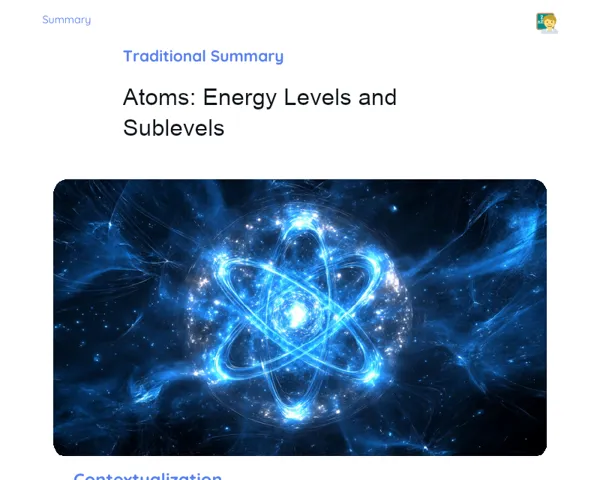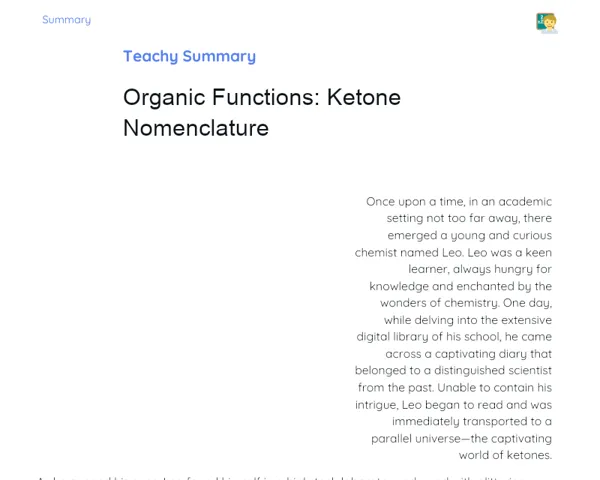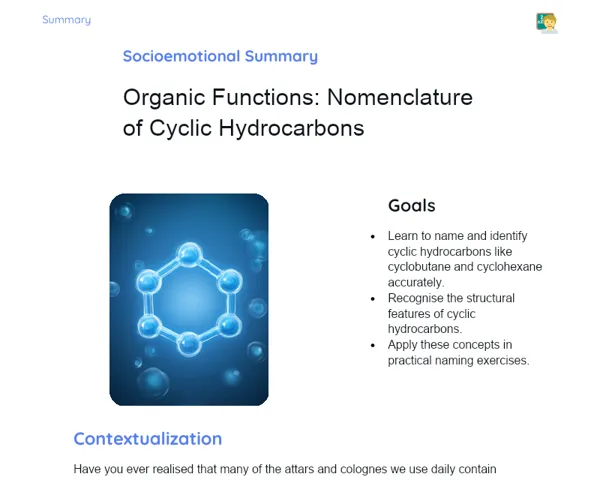Objectives
1. 🎯 Grasp and apply the concept of partial pressures in chemical equilibrium, particularly in deriving the equilibrium constant Kp.
2. 🔍 Connect the equilibrium constant Kp to Kc, examining how variations in the partial pressures of gases influence chemical equilibrium and the characteristics of systems.
Contextualization
Did you know that understanding partial pressures is vital for grasping processes like fermentation in beer and bread-making? In these scenarios, chemical equilibrium is finely tuned, and the partial pressures of gases, such as CO2, play a key role in shaping the desired products. This illustrates that the chemistry behind equilibrium is not only intriguing at a theoretical level but also crucial for practical applications in our everyday lives!
Important Topics
Partial Pressures
The partial pressures of each gas in a mixture are essential for examining chemical equilibrium, particularly in gas-phase reactions. Each gas applies pressure independently of others in the system, with the total pressure being the cumulative sum of the partial pressures. In terms of chemical equilibrium, shifts in partial pressures can influence the balance towards generating more products or reactants.
-
The partial pressure of a gas is the pressure it would exert if it occupied the entire volume of the container on its own.
-
Dalton's law of partial pressures states that the total pressure in a gas mixture equals the sum of the partial pressures of the individual gases.
-
Changes in partial pressures at chemical equilibrium can shift the equilibrium position, favoring the creation of products or reactants as dictated by the reaction.
Equilibrium Constant Kp
The equilibrium constant Kp quantifies the state of chemical equilibrium based on the partial pressures of gases. It is calculated by taking the ratio of the partial pressures of the products to the partial pressures of the reactants, each raised to their respective stoichiometric coefficients. The value of Kp reflects the extent to which products are favoured over reactants at a specific temperature.
-
Kp = (P_products1^a * P_products2^b) / (P_reactants1^c * P_reactants2^d), where a, b, c, d are the stoichiometric coefficients.
-
A Kp value greater than 1 suggests that the equilibrium favours the formation of products.
-
The connection between Kp and Kc (which expresses the equilibrium constant in concentration terms) is represented by the formula R*T, with R being the gas constant and T the temperature in Kelvin.
Relationship between Kp and Kc
The link between Kp and Kc is crucial for switching between the two methods of expressing the equilibrium constant based on system conditions, such as whether the substances are gases or in solution. This conversion aids chemists in anticipating and managing the dynamics of systems at equilibrium under varying pressure and temperature conditions.
-
Kp = Kc * (RT)^Δn, where Δn designates the change in the mole count of gases in the reaction.
-
The ability to convert between Kp and Kc proves beneficial in reactions involving phase transitions, like liquid to vapor or solid dissociation.
-
Understanding this relationship enables adjustments to system parameters (pressure and temperature) for optimizing reactions in both industrial settings and laboratory environments.
Key Terms
-
Partial Pressure: The pressure a gas in a mixture would exert if it filled the entire container by itself.
-
Equilibrium Constant Kp: A constant indicating the equilibrium position of a chemical reaction in terms of gas partial pressures, determined by the ratio of products to reactants.
-
Dalton's Law: A principle that states the total pressure within a gas mixture is the sum of the individual partial pressures of each gas.
-
Kp and Kc Relationship: The formula that enables conversions between Kp and Kc, taking into account variations in the number of gaseous moles in the reaction.
For Reflection
-
How do you think fluctuations in the overall pressure of a gas system would influence chemical equilibrium? Consider how these changes would impact the partial pressures of both reactants and products.
-
Why is it significant to understand the relationship between Kp and Kc, particularly in industrial contexts where systems are in equilibrium?
-
Reflect on the role of partial pressures and the Kp constant in equilibrium systems involving hazardous gases or exothermic reactions, ensuring safety for both processes and personnel.
Important Conclusions
-
Today, we delved into a vital aspect of chemical equilibrium: partial pressures and their relation to the equilibrium constant Kp. We learned how the partial pressures of gases can shift equilibrium, tilting it toward the formation of products or reactants.
-
We became adept at calculating and interpreting the equilibrium constant Kp, a key asset in forecasting the behaviour of gas-involved systems at equilibrium.
-
We discussed the necessity of converting between Kp and Kc, which is crucial for applying these theories in labs and industries, facilitating the enhancement of chemical processes.
To Exercise Knowledge
- Conduct a simple experiment at home with syringes filled with water to simulate partial pressures and observe how varying volumes change the pressure. 2. Create a graphical representation showcasing how alterations in partial pressures impact the equilibrium of a gas system. 3. Write a short essay discussing the significance of partial pressures in any chemical process of your choice, such as ammonia synthesis.
Challenge
Equilibrium Challenge: Use chemical simulation software to replicate a gas-involved reaction, adjusting the conditions to observe how variations in partial pressures influence the equilibrium. Try to predict the behaviour of the system before reviewing the outcomes!
Study Tips
-
Consistently revisit the formulas and concepts covered, applying them to real-world examples and situations to strengthen your comprehension.
-
Leverage visual aids, such as educational videos and online simulations, to observe how partial pressures affect chemical equilibrium in practice.
-
Form study groups for collaborative discussions and problem-solving related to partial pressures and chemical equilibrium, as peer teaching can be a powerful learning method.



